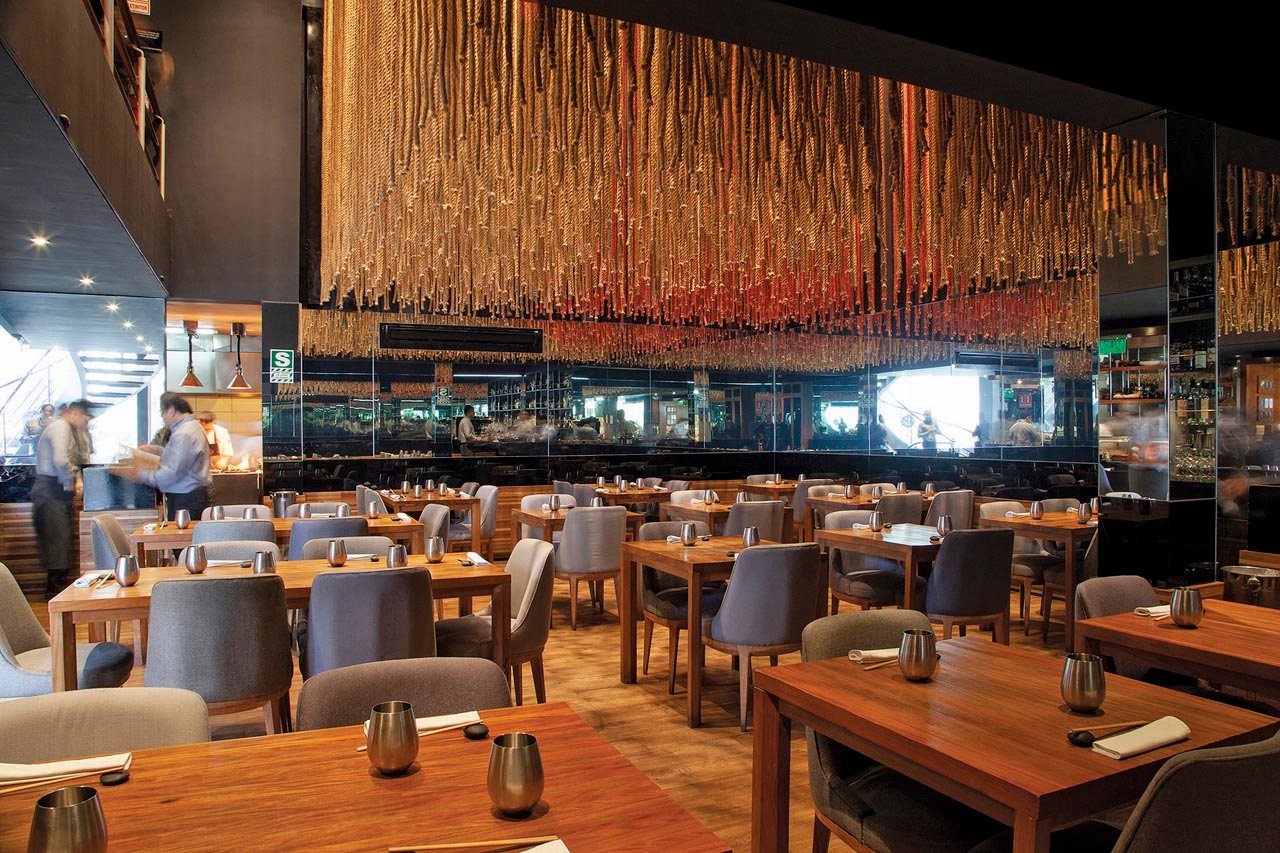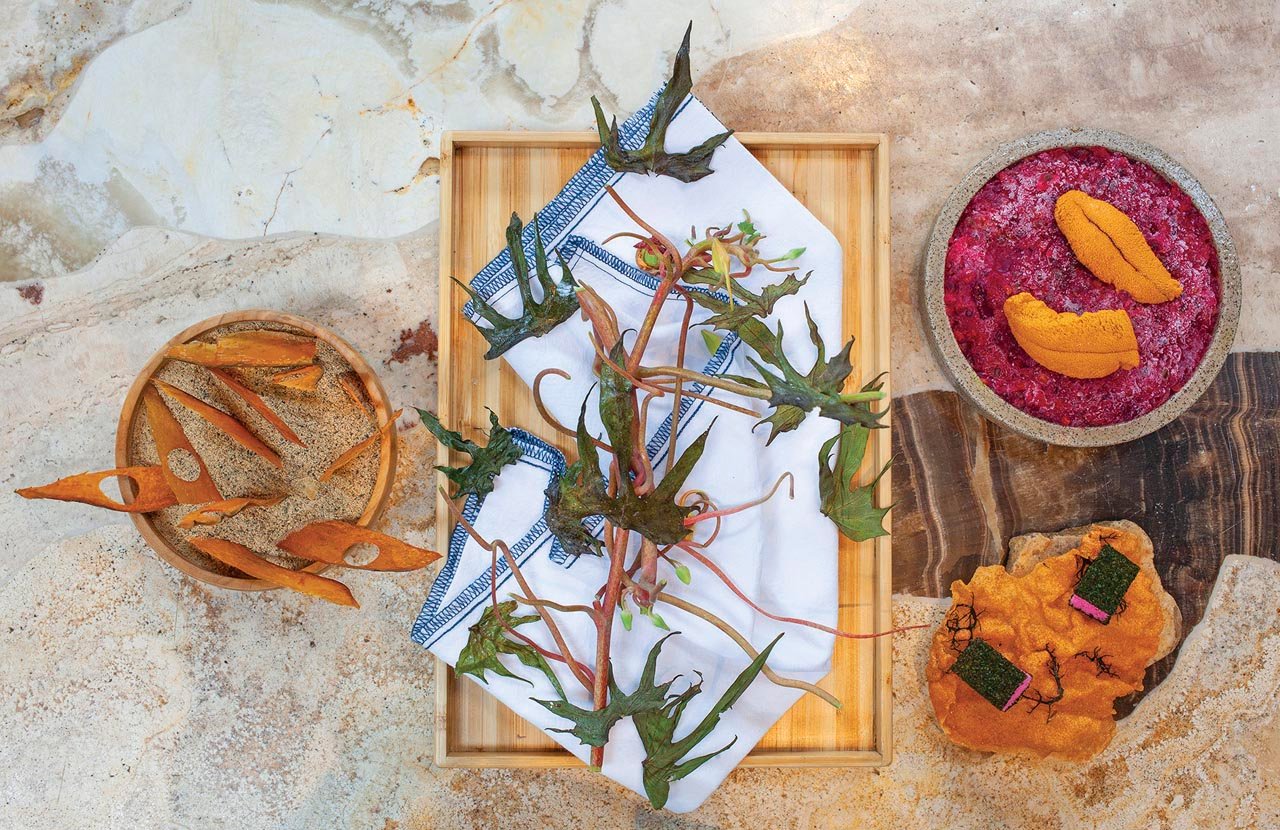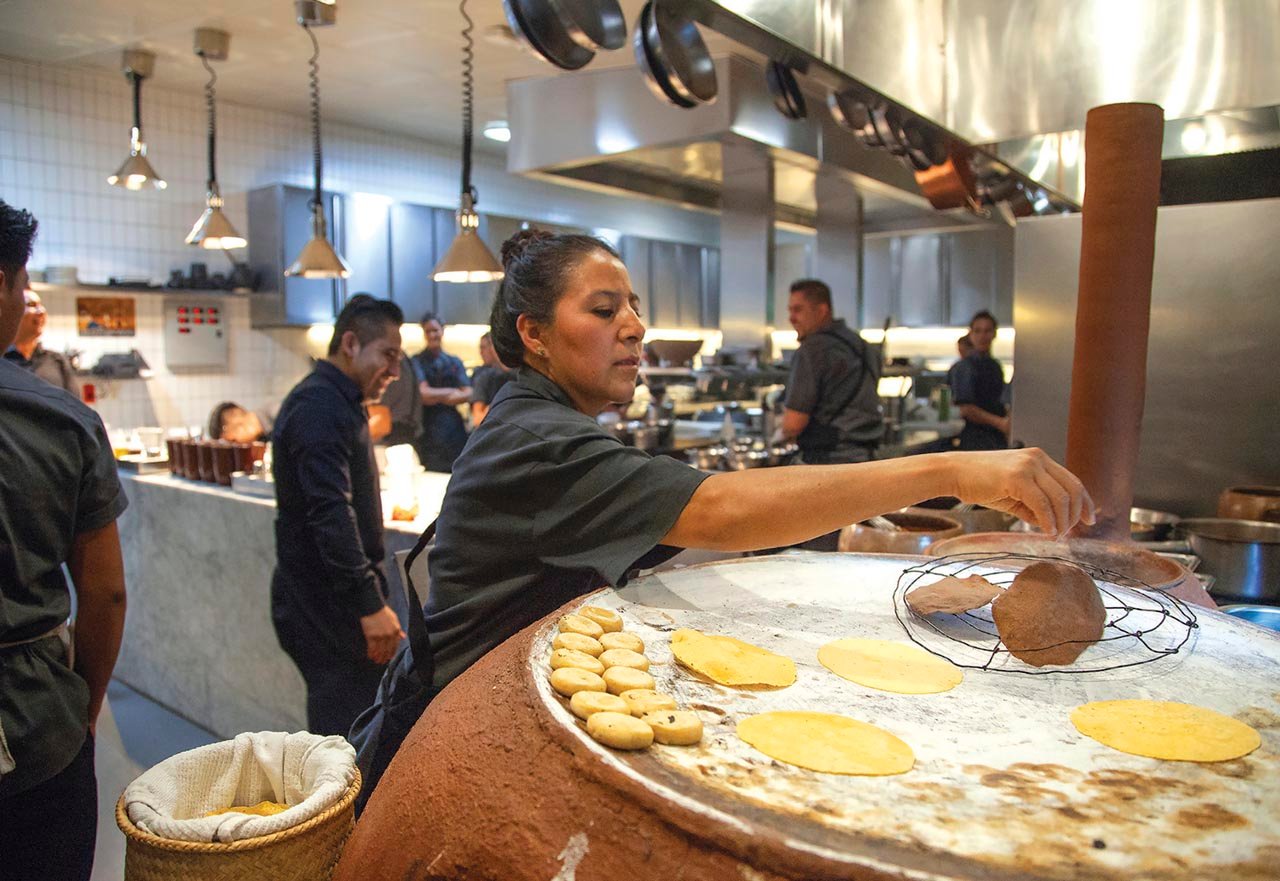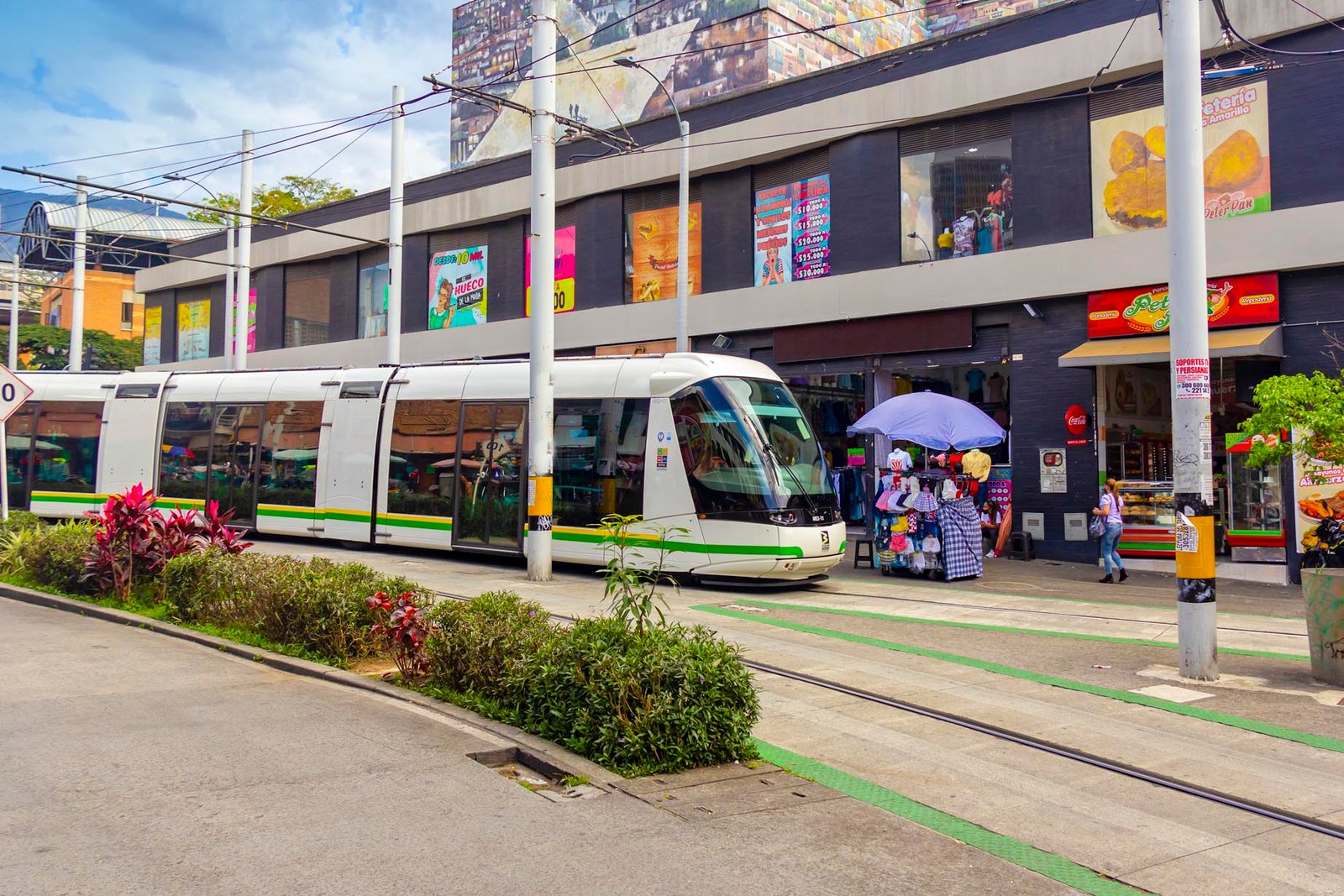
Latin America In Good Taste
By: Cintia Massafra
Photos: Carlos Pérez Morales
Latin America, already known for being the most diverse region on the planet, has for some years now been blessed with a new generation of chefs whose work —focused on local ingredients, sustainable production, and tradition fused with cutting-edge ideas— has revolutionized and reinvigorated the continent’s cuisine, which is now attracting an unprecedented degree of interest.
Maido – Perú
1 Latin America’s 50 Best Restaurants 2018
The Never-Ending Search for Perfection
Calle San Martín 399, Miraflore, Lima (Perú).
Tasting menu without wine and drink pairings, $ 135 dólares. / With wine and drink pairings, $ 231 dólares.

Peruvian gastronomy is represented by various types of cuisine, born of the mixing of different ethnic groups as immigrants blended with the country’s native cultures. Lima introduces us to one of these blended cultures through Nikkei cuisine, in which Peruvian identity meets Japanese philosophy, exemplified by the work of its greatest advocate, Chef Mitsuharu Tsumura. “Micha,” as he is known, had his first brush with haute cuisine alongside Chef Massimo Bottura in the world’s best restaurant: Ostería Francesa, in Italy. He later opened his own restaurant, which has landed on The World’s 50 Best Restaurants list for years now, and in 2018 was judged the best restaurant in Latin America for the second consecutive year.

The chef introduced the world to Nikkei cuisine with his restaurant Maido (welcome in Japanese), positioning Lima squarely in the sights of gastronomes everywhere. Near the entrance stands the Sushi Bar, which showcases the very best seafood and offers a limited number of seats that provide a view of the food being prepared. Further inside is a cocktail and beverage bar. Once seated at the table, guests can savor the chef’s 11-course tasting menu, the “Nikkei Experience,” a blend of tradition and innovation. Maido uses the catch-of-the-day and seasonal produce. Since diners do not know what they will be eating, every dish, in all its painstaking attention to detail, is a surprise. The chef thinks of his cooking as “sexy.” The cuisine is not quite as subtle as Japanese cuisine nor quite as intense as Peruvian cuisine, but is rather a perfect balance of the two and appeals to all palates.
Central – Perú
2 Latin America’s 50 Best Restaurants 2018
Climbing the Slopes
Avda. Pedro de Osma 301, Barranco, Lima (Perú).
Tasting menu without wine and drink pairings, $ 177 dólares. / With wine and drink pairings,
$ 257 dólares.

Lima is also home to the second best restaurant in Latin America: Central, known around the world for its “elevations” menu, which interprets Perú in terms of altitude —as Andean peoples do— and invites guests to tour the country’s various ecosystems, from the coast to the Andes mountains to Amazonia. The chef offers Alturas Mater, a 16-course tasting menu designed to be poetic. The experience revolves around a narrative that begins symbolically at 30 feet above sea level. The remaining courses climb in elevation, with each dish representing a higher altitude, thus giving diners a culinary tour of the country.
Chef Virgilio Martínez believes that “geography represents possibilities.” When he opened Central ten years ago, he wanted to create a 100% Peruvian menu.

At first he had trouble sourcing enough local products, so he started a research project baptized Mater Iniciativa (a center for biological and cultural research), which investigates the origins of products and the traditions behind them. Led by his sister, Malena Martínez, a multi-disciplinary group undertakes expeditions throughout the country in search of new ingredients and indigenous raw materials. They document their findings and some of the discoveries wind up on the menus of Central and of Mil, Virgilio’s recently opened restaurant in Cusco, near the Moray ruins. The chef’s work is rooted in the earth and a sense of curiosity that extends beyond gastronomy. His motto, “There is more outside,” encourages people to learn and transcend the limits of the kitchen, the country, and even their own minds.
Pujol – México
3 Latin America’s 50 Best Restaurants 2018
Contemporary Mexican Cuisine
Calle Tennyson 133, Polanco, Ciudad de México (México).
Tasting menu: $100, does not include beverages; taco bar tasting menu:
$ 150 dólares, Includes beverages. No wine and drink pairings.

Another must-try in Latin American gastronomy is Pujol, the restaurant created by Enrique Olvera, an eminence of Mexican cooking who is considered the country’s culinary ambassador. He attracted even more interest when he appeared on the show Chef’s Table. Located in the exclusive neighborhood of Polanco, the best restaurant in México is an impressive new venue with 3,200 square feet of space. Pujol offers diners a culinary experience in which 80% of the products are local, including winged ants, grasshoppers, and worms, ingredients used in Mexican food for centuries.
The chef blends talent and innovation, weaving touches of street food into haute cuisine. Based on the deconstruction of well-loved recipes, his dishes pay tribute to México’s pre-Hispanic traditions while giving them a cutting-edge gloss.

Diners can opt to sit at México’s first taco bar with a chef’s tasting menu, or enjoy the 6-course menu, which includes the famed Mole madre, mole nuevo, a Pujol signature dish consisting of a perfect circle of fresh mole surrounded by a ring of mole that has been aged and cooked for more than 1,500 days. The other courses change constantly according to the availability of seasonal ingredients and the chef’s inspiration.
Boragó – Chile
4 Latin America’s 50 Best Restaurants 2018
High-Impact Gastronomy
Calle Nueva Costanera 3467, Vitacura, Santiago de Chile (Chile).
Raqko menu without wine and drink pairings, $ 134 dólares. Endémica menu without wine and drink pairings, $ 100 dólares. With wine and drink pairings, $ 162 dólares.

Chilean cuisine is developing rapidly and Rodolfo Guzmán should undoubtedly get credit. The chef has helped raise his country’s cuisine to world-class level through his creations at his restaurant Boragó in Santiago, Chile.
His work builds on the legacy of Chile’s Mapuche ancestors to create modern cuisine centered on flavor. He prepares his dishes with unique ingredients from all corners of Chile, giving diners a taste of the country’s temperament and passion. Extremely pure rain water from Patagonia, milk from the restaurant’s organically-raised animals, vegetables from their bio-dynamic fields just 30 minutes from Santiago, wild fruit that appears only three weeks a year above 11,000 feet, and mushrooms from a native forest are some of the ingredients to find their way into the chef’s food.

Guests can choose one of two dynamic menus, each of which reflects the Chilean produce available in season: the 6-course Raqko menu or the Endémica, which runs from 16 to 20 courses. But the chef’s work extends beyond the doors of the restaurant. He heads the Conectáz project, through which groups of professionals from different fields travel across Chile to document and catalog the ingredients they discover. Conectáz comes to life in two physical spaces: the Test Kitchen and the Lab Kitchen, which shine a light on creativity and nutrition respectively, generating a synergy that gives birth to more knowledge.



